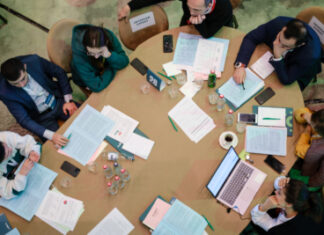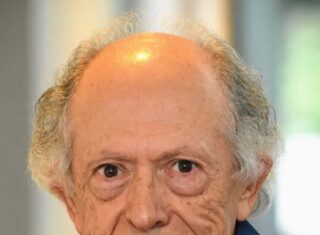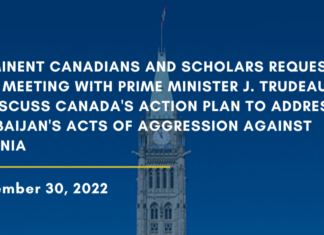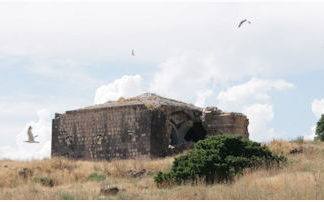(In Memory of Ara Caprielian)
By Hagop Vartivarian
It is not possible to divide the homeland by means of time or land. Its eternal nature is intrinsic to the concept of homeland. One way to abase it is to oppose Soviet Armenia to today’s independent Armenia. Armenia is ours in all periods of time, and we are Armenia’s.
During the days of the first Republic of Armenia when autocracy was established in the country, the greatest amount of assistance came from the circles of the Armenian Democratic Liberal Party and Armenian General Benevolent Union (as Alexander Khatisian cited in his memoirs). In the Soviet period, when the pro-Armenia front enjoyed the monopoly of serving as a bridge between Armenia and the diaspora, that bridge was for everybody—for all factions and all denominations. Today, when the doors of independent Armenia are opened wide in front of everybody, no one enjoys a privileged position.
During all periods, when intense factionalism dominated, true patriots were still close to one another, if not unconditional collaborators.
One of those true patriots was Ara Caprielian, whose passing away has left a great gap in our community life.









